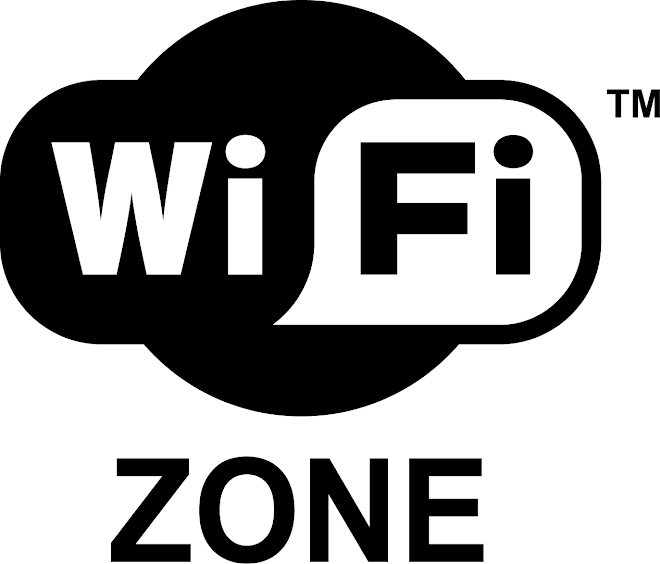Network hubs
In a typical office network, a strand of wiring similar to phone cable is run
from each computer to a central location, such as a phone closet, where each
wire is connected to a network hub. The network hub, similar conceptually to
the hub of a wheel, receives signals transmitted by each computer on the network
and sends the signals out to all other computers on the network.
Bridges
A network bridge provides a pathway for network traffic between networks or
segments of networks. A device that connects a wireless network segment to
a wired network segment is a type of network bridge. In larger networks, network
bridges are sometimes used to connect networks on different floors in
the same building or in different buildings. In a wireless home network, the
device that manages the wireless network, an access point, often acts as a
bridge between a wireless segment of the network and a wired segment.
Hubs and switches
Networks transmit data in bundles called packets. Along with the raw information
that’s being transmitted, each packet also contains the network
address of the computer that sent it and the network address of the recipient
computer. Network hubs send packets indiscriminately to all ports of all computers
connected to the hub.
A special type of hub called a switched hub examines each packet, determines
the addressee and port, and forwards the packet only to the computer and port
to which it is addressed. Most often, switched hubs are just called switches.
A switch reads the addressee information in each packet and sends the packet
directly to the segment of the network to which the addressee is connected.
Packets that aren’t addressed to a particular network segment are never
transmitted over that segment, and the switch acts as a filter to eliminate
unnecessary network traffic. Switches make more efficient use of the available
transmission bandwidth than standard hubs and therefore offer higher
aggregate throughput to the devices on the switched network.
Routers
Over a large network and on the Internet, a router is analogous to a superefficient
postal service — reading the addressee information in each data
packet and communicating with other routers over the network or Internet to
determine the best route for each packet to take. Routers can be a standalone
device, but more often, home networks use a device known as a cable/(digital
subscriber line) DSL router. This type of router — which marries a cable or DSL
modem and a router — uses a capability called Network Address Translation
(NAT) to enable all the computers on a home network to share a single
Internet address on the cable or DSL network. Such routers also exist for
satellite and dialup connections. Generically, these are called WAN routers
because they have access to your wide area network connection, whether it’s
broadband or dialup.
Sunday, March 14, 2010
Subscribe to:
Post Comments (Atom)


No comments:
Post a Comment